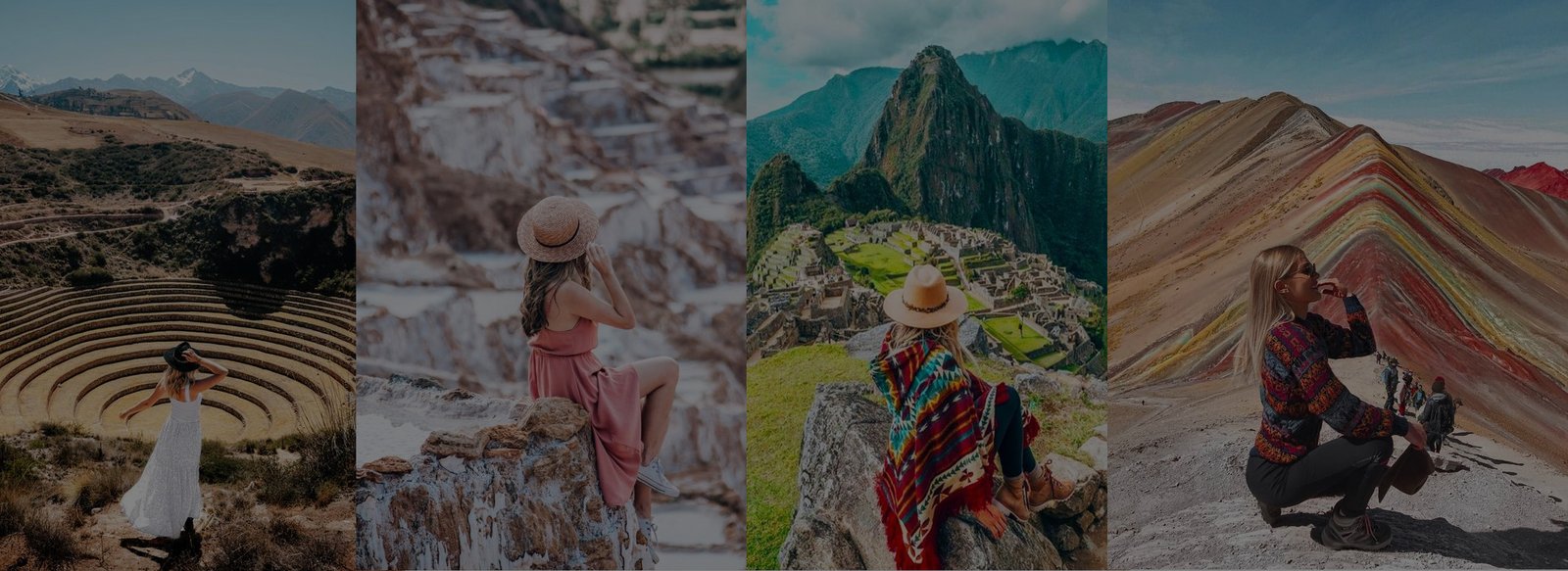
Arequipa white city : Where History and Majesty Collide
The city of Arequipa, nestled in the southern region of Peru, boasts a rich and diverse history that stretches back over millennia. Known as the “White City” due to the predominant use of white volcanic stone in its architecture, Arequipa is not only renowned for its stunning colonial buildings but also for its cultural heritage and natural wonders.
The story of Arequipa begins long before the arrival of the Spanish conquistadors. The region was originally inhabited by indigenous groups such as the Wari, Collagua, and Cabana cultures, who left behind impressive archaeological sites and artifacts that attest to their advanced societies.
In the 16th century, Spanish conquistadors led by Francisco Pizarro arrived in the area and established the city of Arequipa in 1540. The Spanish colonial influence is evident in the city’s architecture, with its ornate churches, convents, and mansions constructed from the distinctive white volcanic rock known as sillar.
One of the most iconic landmarks in Arequipa is the Santa Catalina Monastery, founded in 1579. This sprawling complex, with its colorful courtyards, narrow streets, and religious art, provides a glimpse into the daily life of nuns during the colonial era.
Arequipa played a significant role in Peru’s struggle for independence from Spanish rule in the 19th century. The city was a hub of revolutionary activity, and many prominent figures in the fight for independence, such as Francisco de Paula Otero and Mariano Melgar, hailed from Arequipa.
In addition to its historical and cultural significance, Arequipa is surrounded by breathtaking natural landscapes, including the majestic El Misti volcano, which towers over the city. The Colca Canyon, one of the deepest canyons in the world, is also located nearby, offering opportunities for trekking, birdwatching, and experiencing traditional Andean culture in the surrounding villages.
Today, Arequipa continues to thrive as Peru’s second-largest city and a UNESCO World Heritage Site. Its blend of colonial architecture, indigenous heritage, and stunning natural beauty makes it a must-visit destination for travelers seeking to immerse themselves in Peru’s rich history and culture.

